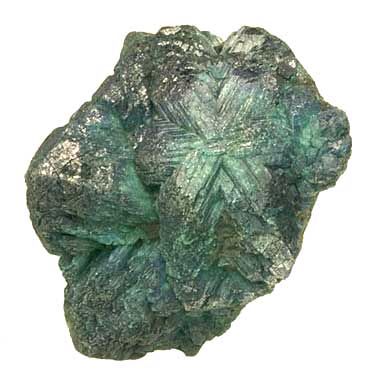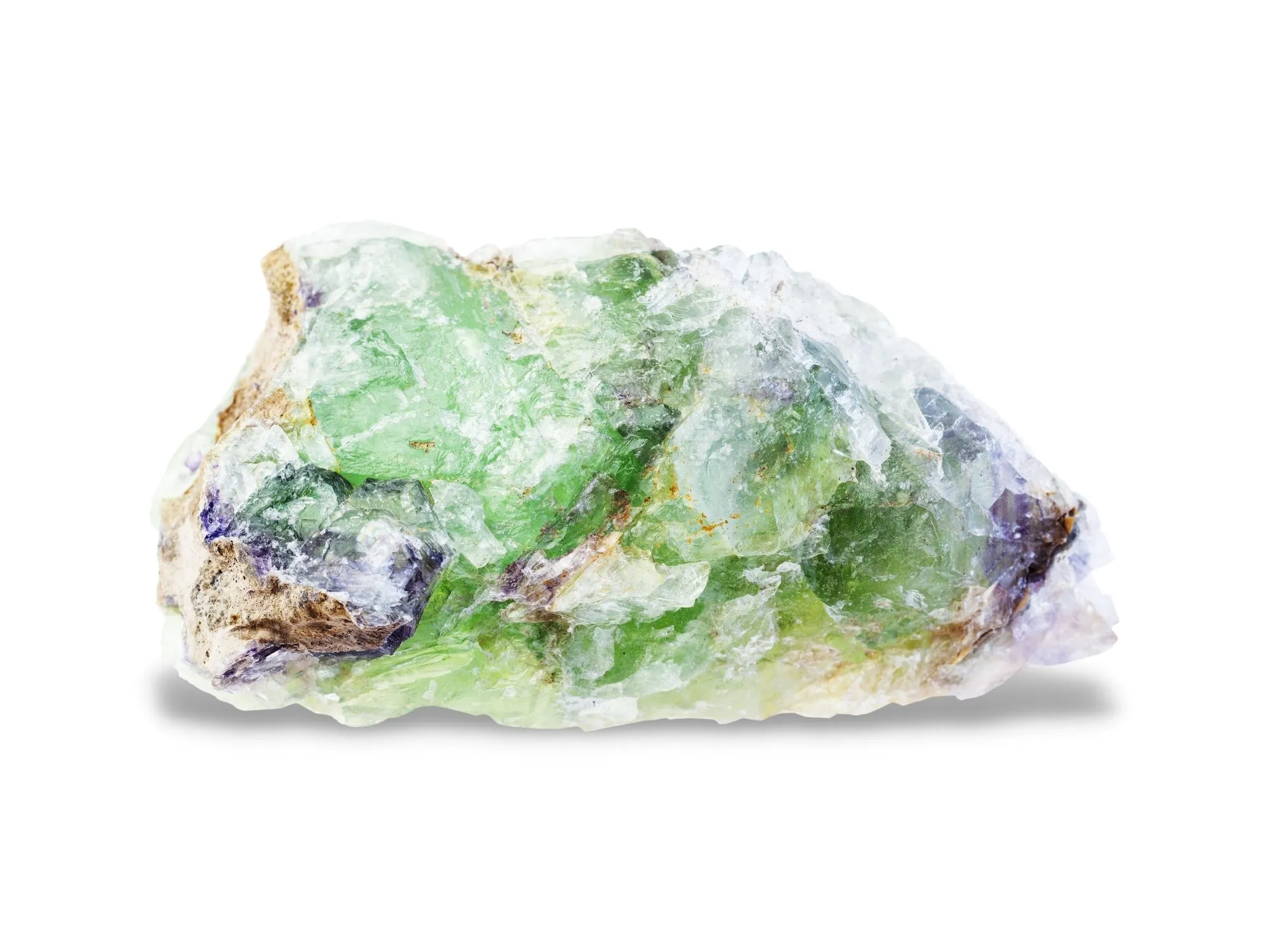Alexandrite - Atlantis Institute Crystals Encyclopedia
Origin
Alexandrite is an extremely rare gemstone initially discovered in the Sanarka River in Russia's southern Ural Mountains.
The chemical composition exhibits Chrysoberyl's variants consisting of a chrysoberyl cat's eye and transparent Chrysoberyl, yet has chromium as an impurity along with iron and titanium, which accounts for its distinctive ability to change colour. The only type of Chrysoberyl that can display these colour changes is Alexandrite.
Alexandrite is a strongly pleochroic | trichroic gem that changes colour about the light source. In daylight, they can be green (Russian) before switching to red in incandescent light.
All crystals belong to a different group according to the basis of the relationships of their axes. There are seven systems and 32 classes of symmetry. Alexandrite crystals belong to the orthorhombic system.
History
Alexandrite has a recently modern history, documented as being discovered in Russia's Ural Mountains as late as the 1830s.
The gem is said to have been named after the Russian Tzar Alexander. As it displays the red and green colours symbolic of Imperial Russia's old stains, it became the national stone of Tzarist Russia.
Top-quality mined Alexandrite was extremely rare and, as the Russian mines depleted, was extremely scarce. A similar hue was found later in Brazilian mines in the 1980s, yet it was not as great as the quality of colour that the Russian gems possessed.
Jewellers highly seek stones of a quality comparable to the Russian ones due to its aesthetic value and rarity. Specialist dealers mainly supply it.
Specification
Alexandrite has a good hardness of 8.5 on the MOH’s scale and is valued in relation to the more significant distinction of colour change from green to red. Some of the less valued Alexandrites change from green to a brownish colour instead.
The crystals feature cyclic twins called trillings which have a hexagonal appearance however are featured due to the formation of a triplet of twins at distinctive angles.
Natural Alexandrite gems are rarely found in jewellery due to their value and scarcity; however, synthetic lab-formed types are available on a more common basis.
Varieties - A number or range of things of the same general class that are different or distinct in character or quality.
Alexandrite is a type of Chrysoberyl and so falls in with other Crysoberyl types, including:
- Yellowish-Green Chrysoberyl
- Cats Eye or Cymomphane
However, the only other variety of Alexandrite is created synthetically or simulated to replicate Alexandrite through corundum traced with elements like vanadium.
Esoteric Attributes:
By their very nature, Crystals can receive and focus energy in different ways. Their molecular structure enables them to be used to amplify and convert energy. Hence, crystals have been used for centuries to aid healing and transmute energy both in the metaphysical and physical world.
Because each crystal family has different formational backgrounds, each also has different vibrational frequencies that can be harnessed and used for specific purposes. Each, therefore, has particular qualities that can be used to help a person heal on the many different levels of their being.
The following is a list of healing attributes associated with Alexandrite crystals.
Mental: Alexandrite is said to strengthen willpower and inspiration. It promotes imaginative powers igniting confidence in risk-taking and a more excellent perception of the inner voice.
Emotional: Alexandrite intensifies and heightens dreams and heightens the perception of emotion.
Physical: The Alexandrite gem is known to stimulate the liver and aid physical inflammations. It is also an aid for nerve disorders and strengthens the senses.
Crystal Chart - Alexandrite
Crystal: Alexandrite
Mineralogy: Chrysoberyl
Geometric form: Orthorhombic
Formation: Tertiary
Family: Quartz
Birthstone: Ayurvedic Birthstones – Alexandrite is not associated with Ayurvedic Birthstones.
Astrology Birthstone (Zodiac) Alexandrite is associated with June, and the Scorpio sign is an alternate Zodiac stone.
Appearance: Very hard (8.5) and brittle. It has a trillings formation similar to a hexagonal shape and is distinctive by its
ability to change colour, most valuable from green to red.
Aura: Alexandrite is said to have regenerative powers and, as well as reinforcing self-esteem, it escalates
spiritual evolution and aligns the mental, emotional and etheric bodies.
Colour: Alexandrites mined in Russia are distinctive in their colour change from a green hue to a red hue;
however, many mined elsewhere exhibit a shift from light green to a brownish colour.
Chakra: Alexandrites, depending on colour, can relate to the Throat, Heart and Third Eye Chakras
References and resources:
Michael Gienger, Healing Crystals, Earthdancer Books, 2009
The Columbia Encyclopedia, Crystal, 6th ed. 2014
World of Earth Science, Quartz, 2003
Encyclopedia of Occultism and Parapsychology, Crystal Healing, 2001
http://gemstone-dictionary.com/birthstones-by-month.php
New Oxford American Dictionary
You can watch our Free Videos on Crystals
Learn to become a Crystal Therapist
Find out the benefits of a Crystal Healing Session
See our wonderful selection of Healing Crystals











